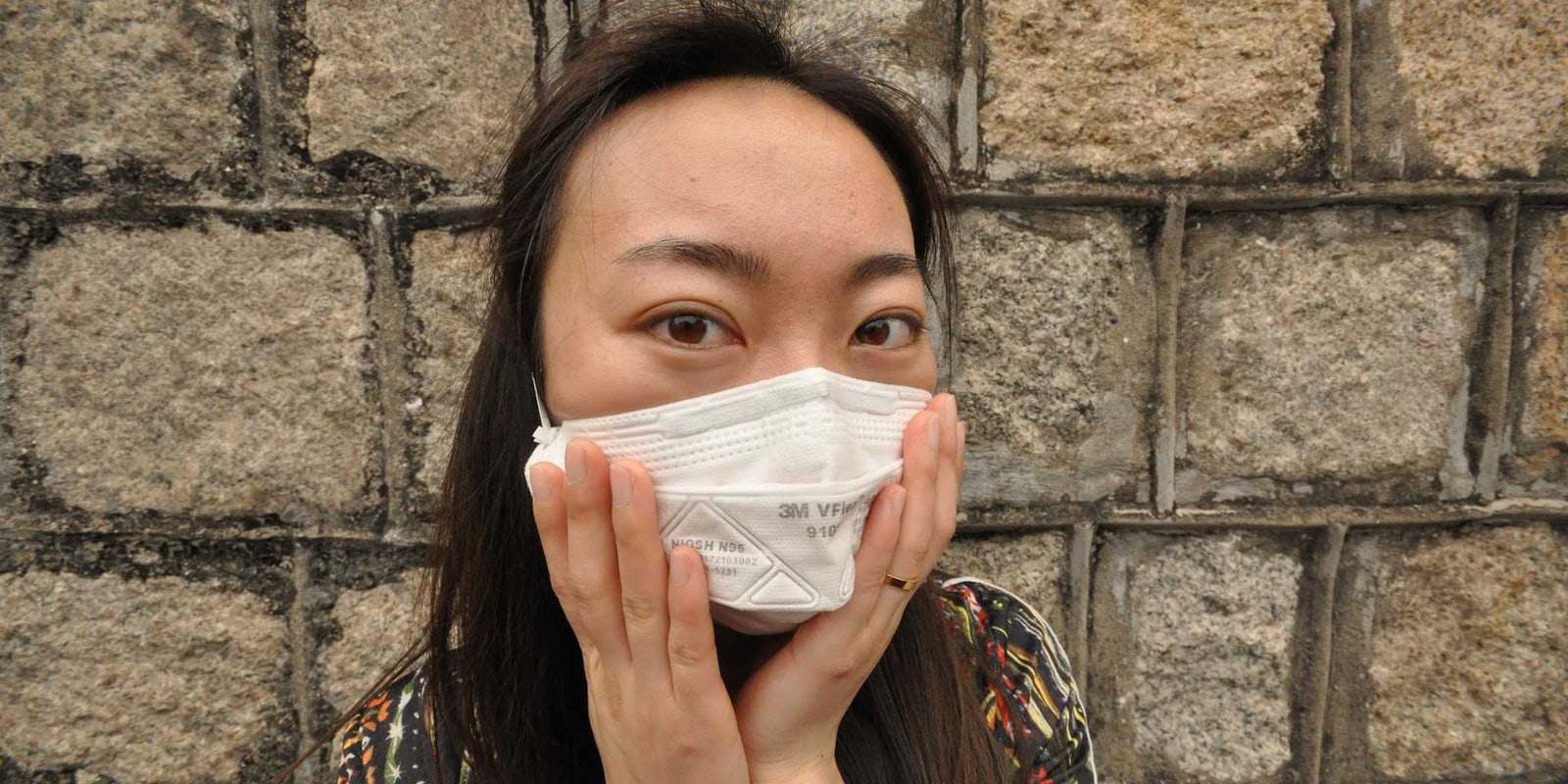Before they enslave us, the machines are going to help us fight air pollution.
The air quality in Beijing, China is so poor that breathing it for 24 hours is akin to smoking 36 cigarettes. IBM, famed for its unlikely computer projects to beat humans at chess and Jeopardy, is seeing what it can do to mitigate the problem with machine learning technology.
“When I was last in Beijing, pollution was at the hazardous level; every hour of exposure reduced my life expectancy by 20 minutes. It’s as if every man, woman, and child smoked 1.5 cigarettes an hour,” Richard Muller, director of climate science organization Berkeley Earth, said in a press release.
Some 4,000 Chinese die from air pollution-related causes daily—17 percent of the country’s deaths—so there’s a vested interest in keeping tabs on the country’s air quality. As Beijing faces issues of traffic congestion and pollution from coal-fired factories, it presents a unique challenge to those working to improve air quality.
IBM’s artificially intelligent project, named Green Horizon, helps do this automatically. It receives the air quality data already collected by the Beijing Environmental Protection Bureau and runs a machine learning algorithm to sort and interpret it. It plugs the data into existing mathematical models for how air pollution propagates, then picks the model it thinks will be the most accurately expressive for future indicators of air quality.
The system is effective enough to form air pollution forecasts up to three days in advance. Such forecasts could soon help authorities make environmentally informed decisions about closing factories or limiting the number of drivers on roads, all in order to reduce the pollution to an acceptable level. IBM’s technology is only slated to improve, giving more accurate predictions further into the future.
“Our researchers are currently expanding the capability of the system to provide medium- and long-term (up to 10 days ahead) as well as pollutant source tracking, ‘what-if’ scenario analysis, and decision support on emission reduction actions,” Xiaowei Shen, director of IBM Research China, told MIT Technology Review.
Out of 360 Chinese cities, 351 of them do not meet the country’s own air quality standards. The World Health Organization has guidelines for how much “junk” should be in our planet’s air, and China exceeds these 2.5 times.
It’s going to take some time for Beijing’s IBM-enabled air quality forecasts to be good news.
H/T MIT Technology Review | Photo via Azchael/Flickr (CC BY 2.0)


